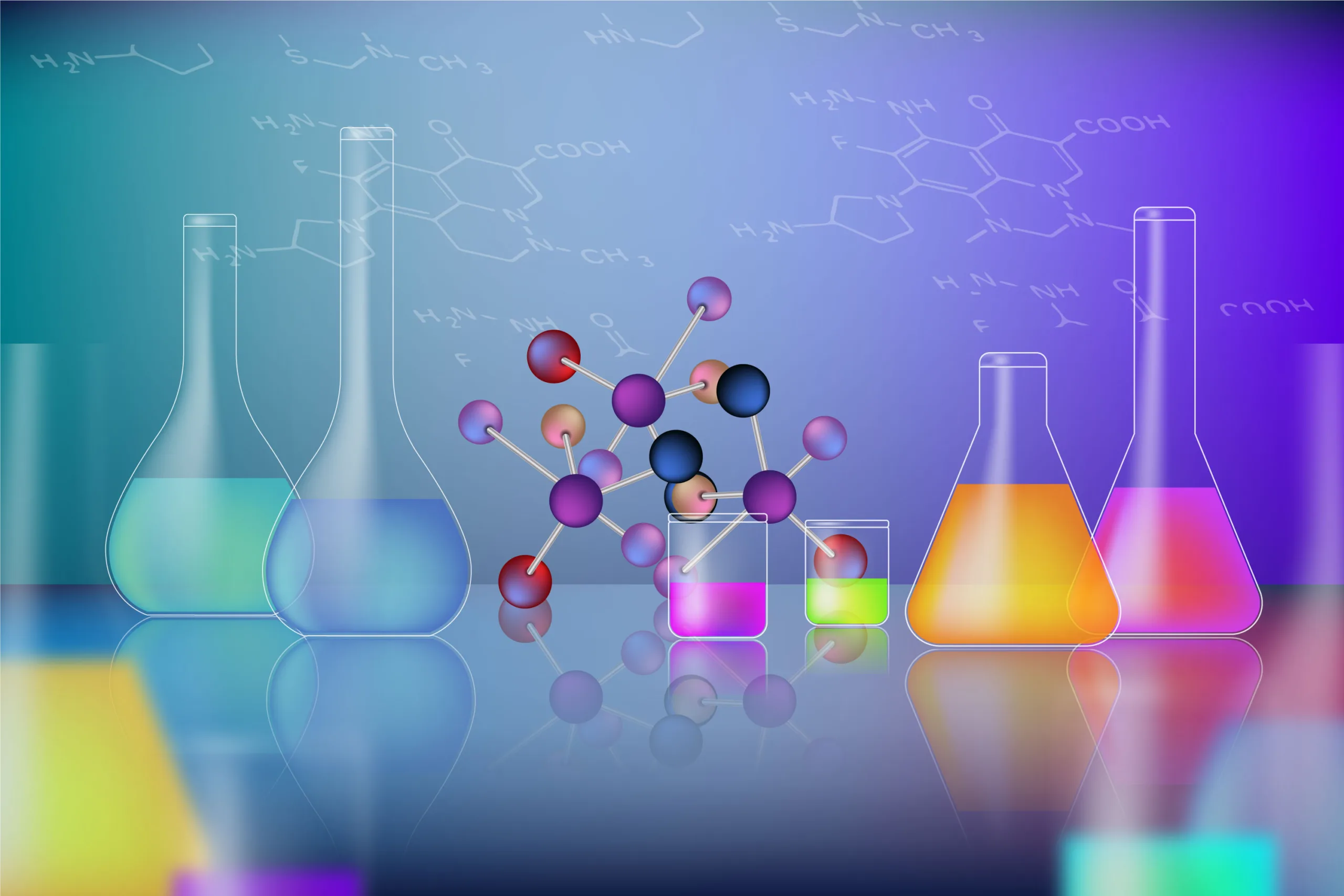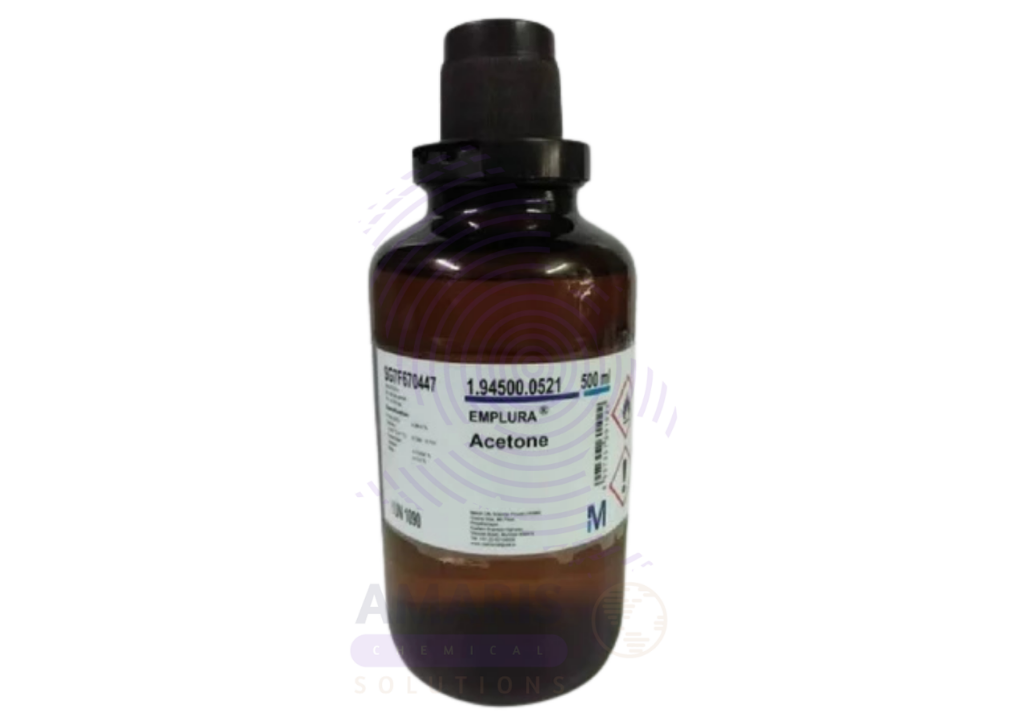Mono Propylene Glycol (Mpg): The Multifunctional Liquid Behind Everyday Products
Mono Propylene Glycol (commonly referred to as MPG or Propylene Glycol) is a clear, odorless, and tasteless liquid with a wide range of applications. Found in everything from cosmetics and food to pharmaceuticals and industrial fluids, MPG is one of the most versatile chemicals used across both consumer and commercial industries.
But what exactly makes it so valuable? Why is it safe in food but also used in antifreeze? Let’s explore the fascinating world of Mono Propylene Glycol—its properties, applications, and importance in modern manufacturing.
What Is Mono Propylene Glycol?
Mono Propylene Glycol (C₃H₈O₂) is a synthetic organic compound that belongs to the alcohol family. It’s produced by the hydration of propylene oxide, and depending on its purity level, it’s categorized into:
- USP / Food Grade MPG: Suitable for human consumption, cosmetics, and pharmaceuticals
- Industrial Grade MPG: Used in applications like de-icing, heat transfer fluids, and paints
Chemical formula: C₃H₈O₂
Molecular weight: 76.09 g/mol
Boiling point: ~188°C
Freezing point: ~-59°C
Solubility: Miscible with water, acetone, and chloroform
Main Applications of Mono Propylene Glycol
🧴 1. Cosmetics and Personal Care
MPG acts as a humectant, helping products retain moisture. It also serves as a solvent and stabilizer, ensuring even distribution of ingredients. It is commonly used in:
- Lotions and creams
- Deodorants and shampoos
- Toothpaste and mouthwash
- Makeup products
Its non-irritating and non-toxic profile makes it ideal for skin-contact products.
🍬 2. Food and Beverage Industry
In its USP/Food Grade form, MPG is used as a food additive (E1520). It functions as a:
- Solvent for food colors and flavorings
- Carrier for emulsifiers and antioxidants
- Humectant in baked goods and candies
- Antifreeze agent in ice creams and beverages (to control freezing point)
It’s important to note that MPG is GRAS (Generally Recognized As Safe) by the U.S. FDA.
💊 3. Pharmaceuticals
MPG is commonly used in oral, topical, and injectable medications. It serves as a:
- Solvent for active pharmaceutical ingredients (APIs)
- Vehicle in syrups and elixirs
- Base for topical formulations like ointments and gels
- Stabilizer in vitamins and vaccines
Its low toxicity, combined with excellent solvent properties, makes it indispensable in drug formulation.
🧊 4. Heat Transfer and Antifreeze
Industrial-grade MPG is used in coolants, chillers, and de-icing fluids. Unlike ethylene glycol (which is toxic), MPG is low in toxicity, making it preferable in environmentally sensitive applications such as:
- HVAC systems
- Brewery and food processing refrigeration
- Aircraft de-icing fluids
🧪 5. Industrial and Chemical Applications
MPG is also employed in the production of:
- Paints and coatings
- Hydraulic fluids
- Plasticizers
- Detergents and cleaners
Its chemical stability, miscibility with water, and ability to dissolve a wide range of substances make it ideal in formulating diverse industrial products.
MPG vs. Ethylene Glycol: What’s the Difference?
| Property | MPG (Propylene Glycol) | Ethylene Glycol |
| Toxicity | Low (food-safe grades) | High (toxic) |
| Applications | Food, pharma, cosmetics, industrial | Primarily industrial |
| Regulatory Approval | FDA, EFSA (E1520) | Not allowed in food |
| Environmental Safety | Higher | Lower |
Storage and Handling Tips
- Store in tightly sealed containers in a cool, dry place
- Keep away from strong oxidizing agents
- Handle with gloves and safety goggles in industrial settings
- Food-grade MPG must be kept uncontaminated from industrial chemicals
Safety and Regulatory Status
MPG has a low acute oral toxicity and is non-carcinogenic. However, industrial exposure should be minimized through standard safety practices. It is regulated and approved by several global authorities:
- FDA (U.S.) – GRAS (for food and drugs)
- European Food Safety Authority (EFSA) – Approved food additive E1520
- Pharmacopoeias – Compliant with USP, EP, and JP standards
Why Is Mono Propylene Glycol So Widely Used?
Simply put, MPG combines safety, solubility, and stability in one package. It’s non-toxic, highly versatile, and applicable across industries—from moisturizing skin to transferring heat in chillers. Its unique balance between consumer-safe and technically useful characteristics makes it an essential chemical in global supply chains.
Conclusion
Mono Propylene Glycol is a chemically simple yet functionally complex substance. Its safety in human contact, adaptability in formulations, and effectiveness in technical roles have secured its place in everything from lip gloss to lubrication systems.
As demand for non-toxic, eco-friendly, and versatile ingredients grows, MPG continues to stand at the intersection of consumer trust and industrial performance.


 Preservatives(food)
Preservatives(food) Flavor Enhancers
Flavor Enhancers Acidulants
Acidulants Sweeteners
Sweeteners Antioxidants
Antioxidants Colorants(food)
Colorants(food) Nutraceutical Ingredients (food)
Nutraceutical Ingredients (food) Nutrient Supplements
Nutrient Supplements Emulsifiers
Emulsifiers
 Collectors
Collectors Dust Suppressants
Dust Suppressants Explosives and Blasting Agents
Explosives and Blasting Agents Flocculants and Coagulants
Flocculants and Coagulants Frothers
Frothers Leaching Agents
Leaching Agents pH Modifiers
pH Modifiers Precious Metal Extraction Agents
Precious Metal Extraction Agents
 Antioxidants(plastic)
Antioxidants(plastic) Colorants (Pigments, Dyes)
Colorants (Pigments, Dyes) Fillers and Reinforcements
Fillers and Reinforcements Flame Retardants
Flame Retardants Monomers
Monomers Plasticizers
Plasticizers Polymerization Initiators
Polymerization Initiators Stabilizers (UV, Heat)
Stabilizers (UV, Heat)
 Antifoaming Agents
Antifoaming Agents Chelating Agents
Chelating Agents Coagulants and Flocculants
Coagulants and Flocculants Corrosion Inhibitors
Corrosion Inhibitors Disinfectants and Biocides
Disinfectants and Biocides Oxidizing Agents
Oxidizing Agents pH Adjusters
pH Adjusters Scale Inhibitors( water)
Scale Inhibitors( water)
 Antioxidants(cosmetic)
Antioxidants(cosmetic) Emollients
Emollients Fragrances and Essential Oils
Fragrances and Essential Oils Humectants
Humectants Preservatives
Preservatives Surfactants(cosmetic)
Surfactants(cosmetic) Thickeners
Thickeners UV Filters
UV Filters
 Fertilizers
Fertilizers Soil Conditioners
Soil Conditioners Plant Growth Regulators
Plant Growth Regulators Animal Feed Additives
Animal Feed Additives Biostimulants
Biostimulants Pesticides (Herbicides, Insecticides, Fungicides)
Pesticides (Herbicides, Insecticides, Fungicides)
 Active Pharmaceutical Ingredients (APIs)
Active Pharmaceutical Ingredients (APIs) Excipients
Excipients Solvents(pharmaceutical)
Solvents(pharmaceutical) Antibiotics
Antibiotics Antiseptics and Disinfectants
Antiseptics and Disinfectants Vaccine Adjuvants
Vaccine Adjuvants Nutraceutical Ingredients (pharmaceutical)
Nutraceutical Ingredients (pharmaceutical) Analgesics & Antipyretics
Analgesics & Antipyretics
 Analytical Reagents
Analytical Reagents Solvents(lab)
Solvents(lab) Chromatography Chemicals
Chromatography Chemicals Spectroscopy Reagents
Spectroscopy Reagents microbiology-and-cell-culture-reagents
microbiology-and-cell-culture-reagents Molecular Biology Reagents
Molecular Biology Reagents Biochemical Reagents
Biochemical Reagents Inorganic and Organic Standards
Inorganic and Organic Standards Laboratory Safety Chemicals
Laboratory Safety Chemicals Specialty Laboratory Chemicals(Special Laboratory Equipment)
Specialty Laboratory Chemicals(Special Laboratory Equipment)
 Demulsifiers
Demulsifiers Hydraulic Fracturing Fluids
Hydraulic Fracturing Fluids Scale Inhibitors(oil)
Scale Inhibitors(oil) Surfactants(oil)
Surfactants(oil) Drilling Fluids
Drilling Fluids
 Dyes and Pigments
Dyes and Pigments Bleaching Agents
Bleaching Agents Softening Agents
Softening Agents Finishing Agents
Finishing Agents Antistatic Agents
Antistatic Agents
 Admixtures
Admixtures Waterproofing Agents
Waterproofing Agents Sealants and Adhesives
Sealants and Adhesives Curing Compounds
Curing Compounds Concrete Repair Chemicals
Concrete Repair Chemicals Anti-Corrosion Coatings
Anti-Corrosion Coatings
 Surfactants(cleaning)
Surfactants(cleaning) Builders
Builders Enzymes
Enzymes Solvents (Cleaning)
Solvents (Cleaning) Fragrances
Fragrances
 Electronic Chemicals
Electronic Chemicals Catalysts
Catalysts Lubricants
Lubricants Photographic Chemicals
Photographic Chemicals Refrigerants
Refrigerants Automotive chemicals
Automotive chemicals Pyrotechnic Chemicals
Pyrotechnic Chemicals
 Biodegradable Surfactants
Biodegradable Surfactants Bio-based Solvents
Bio-based Solvents Renewable Polymers
Renewable Polymers Carbon Capture Chemicals
Carbon Capture Chemicals Wastewater Treatment Chemicals
Wastewater Treatment Chemicals
 Pigments
Pigments Solvents(paint)
Solvents(paint) Specialty Coatings
Specialty Coatings Binders/Resins
Binders/Resins Additives
Additives Driers
Driers Anti-Corrosion Agents
Anti-Corrosion Agents Functional Coatings
Functional Coatings Application-Specific Coatings
Application-Specific Coatings
 Fresh Herbs
Fresh Herbs Ground Spices
Ground Spices Whole Spices
Whole Spices Spice Blends
Spice Blends Dried Herbs
Dried Herbs
 Leavening Agents
Leavening Agents Dough Conditioners
Dough Conditioners Flour Treatments
Flour Treatments Fat Replacers
Fat Replacers Decoratives
Decoratives Preservatives(baking)
Preservatives(baking)
 Plasticizers & Softeners
Plasticizers & Softeners Reinforcing Agents
Reinforcing Agents Adhesion Promoters
Adhesion Promoters Vulcanizing Agents
Vulcanizing Agents Antidegradants
Antidegradants Blowing Agents
Blowing Agents Fillers & Extenders
Fillers & Extenders Accelerators & Retarders
Accelerators & Retarders
















